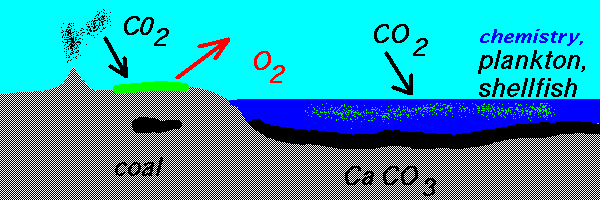

Not a nice place to visit, and you wouldn't want to live there.
Venus has a very thick atmosphere:
Earth Venus
N2 0.79 2
O2 0.20 < 0.001
Ar 0.01 0.005
CO2 0.0003 64
H2O ~ 0.02 0.003
Total 1.00 66
--------------------------
H2O 3 km 0.5 mm
liquid
+ vapor
(A technical note: This is based on a pressure ratio of 92/1,
a surface gravity ratio of 0.91/1.0, and a mass per molecule
ratio of 1.5/1.0 for Venus/Earth.)
Note that the amount of nitrogen in Venus's atmosphere is a little larger
than in Earth's atmosphere, but the amount of oxygen is much less and the amount of carbon dioxide is much more. Also, if you count the oceans on
Earth, Venus has a lot less water than Earth.Venus has clouds 50 to 70 km above surface containing H2SO4 (sulfuric acid).
Where did Earth's CO2 go?
